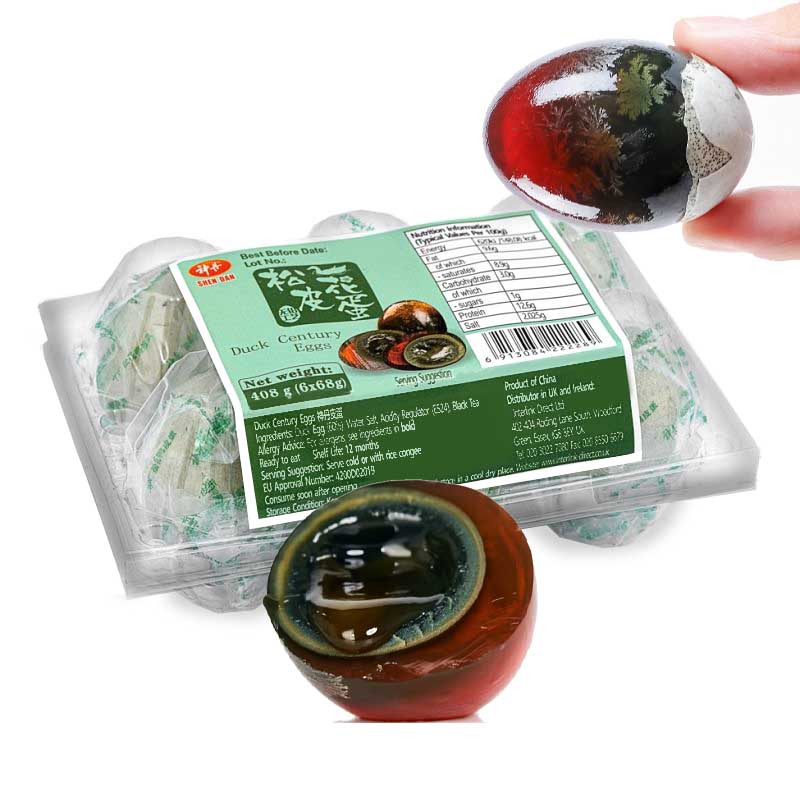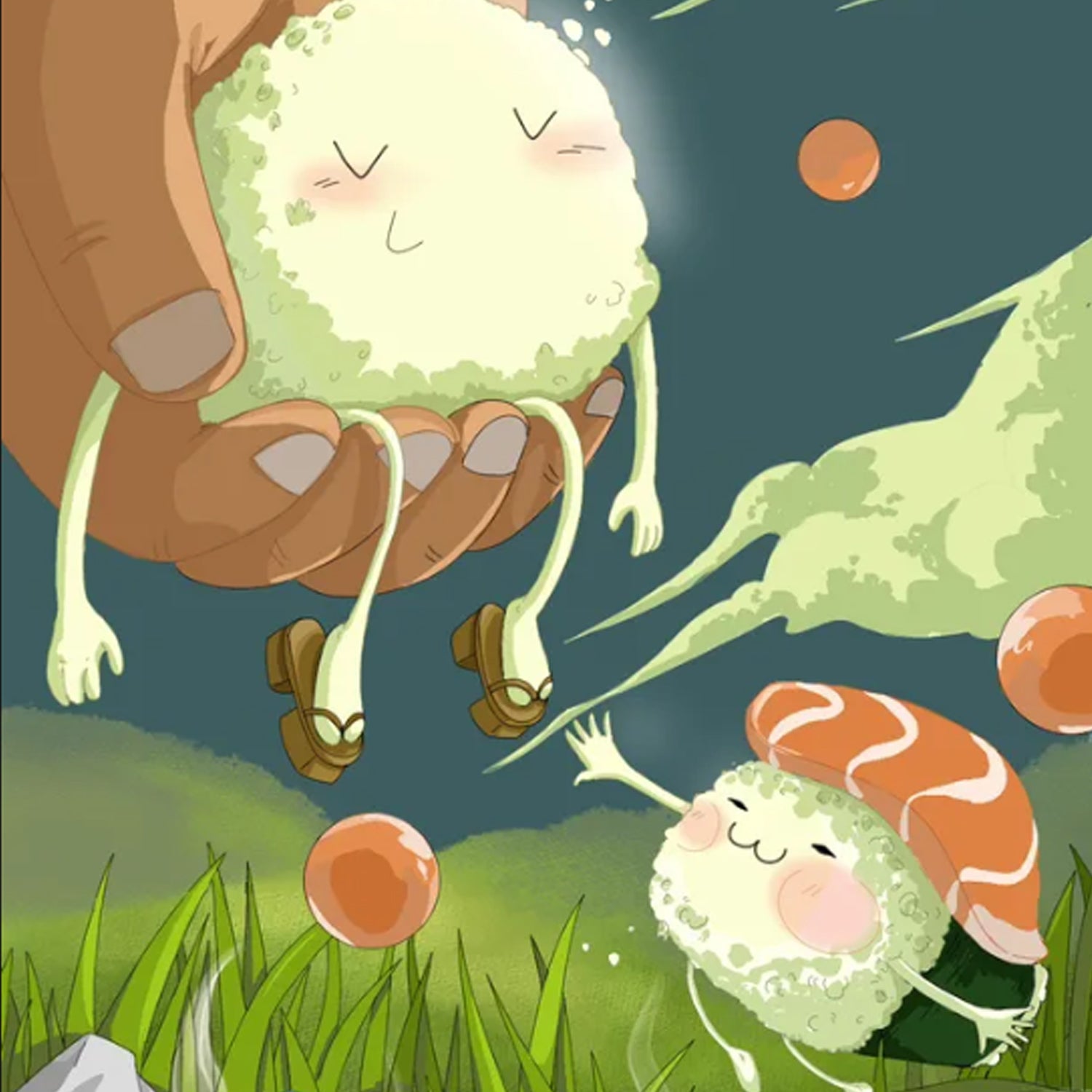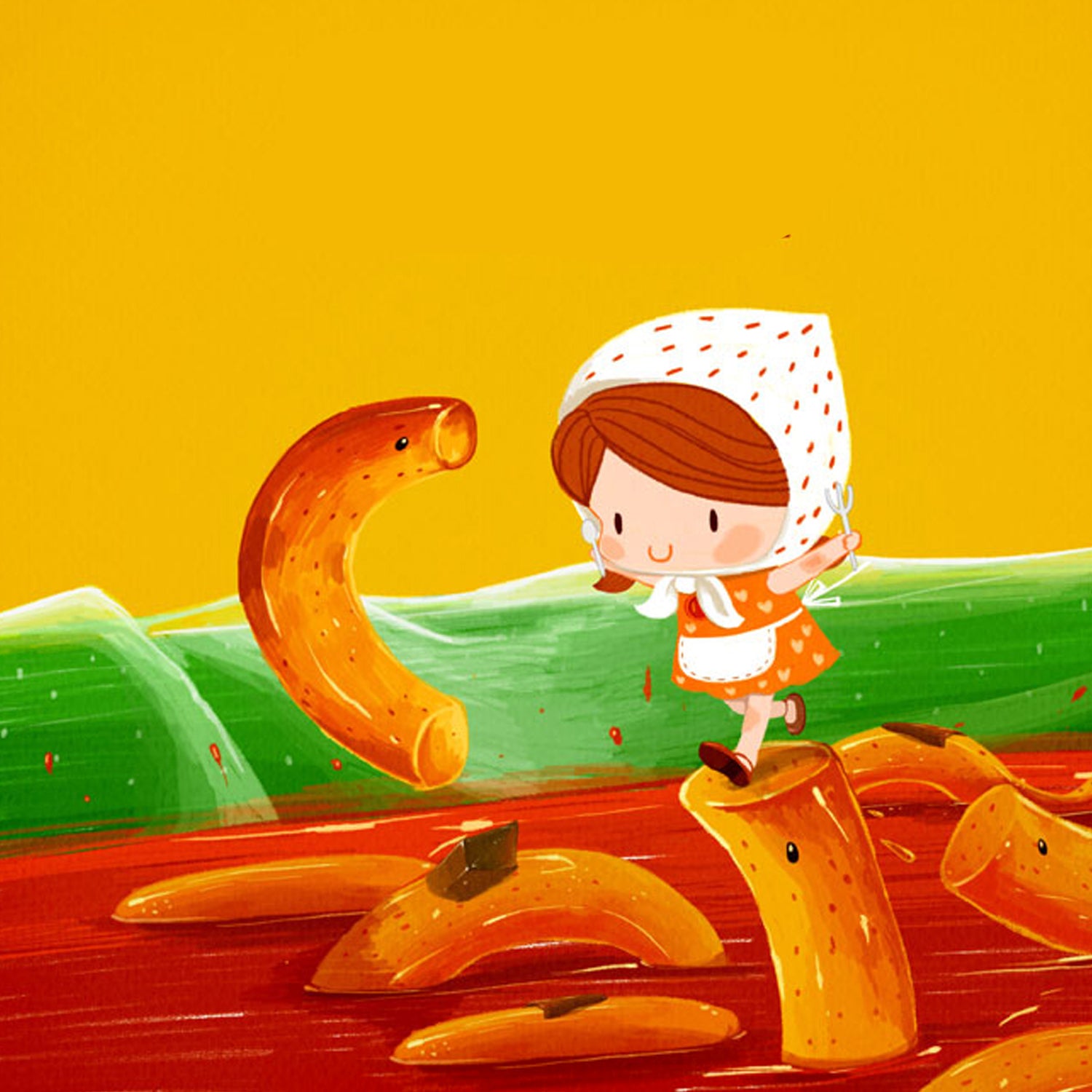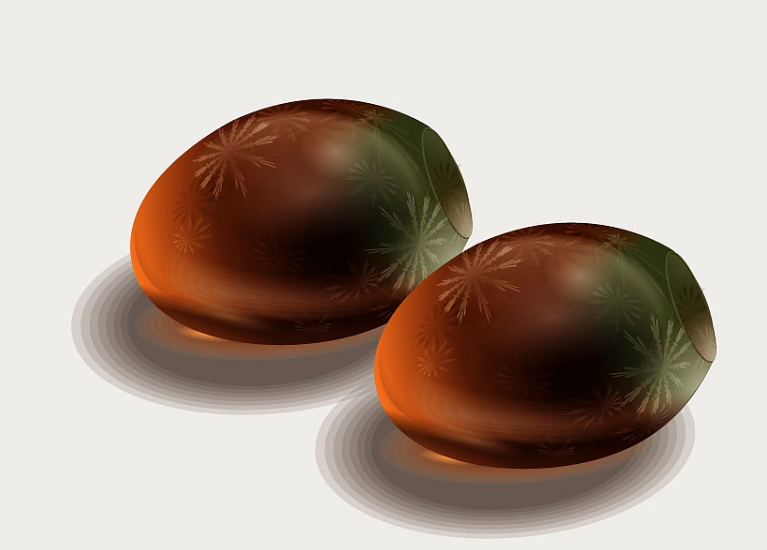
Centennial or millennial eggs 390grs
*Las imágenes que acompañan al packaging del producto es una sugerencia de presentación.
Compromiso de Onesupermarket


Legal notice
Product packaging, specifications, BBD and price are subject to change without notice. All product information on our website is provided for informational purposes only. Always read labels, warnings and directions provided with the product before using it.

Centennial or millennial eggs 390grs
Sale price€7,95
Product Details:






